Caring for Indoor Flowering Plants: [Humidity, Pruning and Problems]
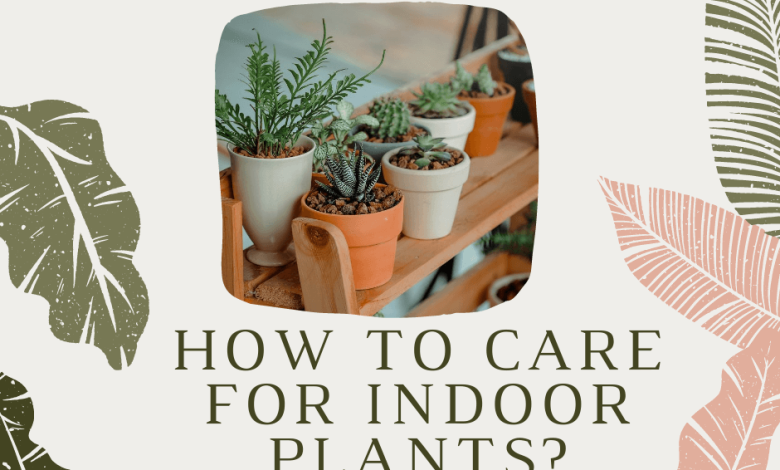
What characteristics do flowering indoor plants have?

All indoor plants have a wonderful goal: to improve the decoration of our houses.
They turn them into friendly and ecological environments, which is one of the most expeditious ways to relieve stress and give space to the peace that every home requires.
Among all the species, flowering indoor plants are ideal for achieving this goal, due to their beauty and the aroma they give off.
The catalog that we can appeal to when choosing these plants is infinite, as there are all colors and all smells.
White, pink, red, yellow, blue, large, small, fragrant, discreet, spectacular, a whole floral range will parade before our amazed eyes.
Any of them has the power to brighten the environment and provide us with the required ornamental beauty. But in reality everything will depend on the tastes of each person and the conditions and knowledge they have to grow a flower and maintain it over time.
That is, we must decide if we like large or small flowers, and the fragrance that is released from them. A rose is not the same as an orchid, or a hydrangea as a violet.
In some cases, the care that we must provide to the flowers may be similar, but in others they may be different. Let’s not forget that we are talking about a wide range of species. So in the end we will have to choose those to which we can offer the best growth and development conditions.
What soil need do flowering houseplants have?
Whatever the substrate that corresponds to each species, the common thing is that the soil should drain well and remain moist, but not too much.
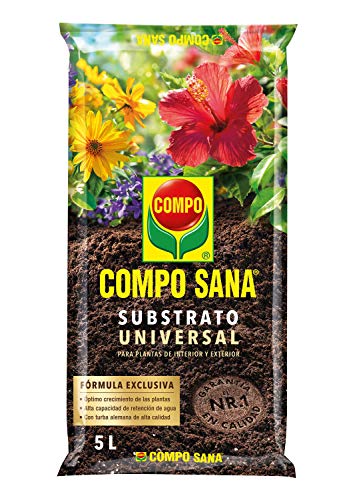
If there is waterlogging and the pot does not drain well, the plant could die. A soil mix inside a container that expels water easily is good for it to thrive without hindrance.
How to make flowering houseplants grow strong and vigorous?
The care, as we have indicated, will depend on the type of flower, and here we are going to mention some species so that we have an idea of how to do it.
african violet
A beautiful indoor plant with delicate violet, pink, mauve, blue, lilac and red flowers, with velvety and fleshy leaves. It has the advantage that it can be produced at any time of the year, when it has more than one bloom.

It needs 12 hours of (indirect) light per day, and watering should be abundant in summer and moderate in winter.
Kalanchoe
Ideal plant, easy to grow, with white yellow, orange, pink or red flowers. It will produce flowers in winter, as long as we guarantee the required light.

But it is so commercial that we can buy it in gardens or nurseries, ready to produce flowers all year round.
butterfly orchid
Like all species of orchids, this is one of the most sought-after plants for its infinite beauty and the good taste shown by those who grow it for its striking flowers that collapse any wall of indifference.

Although they are very delicate flowers, they do not require much care in their cultivation and development, and there are some simple tricks to stimulate flowering.
In summary
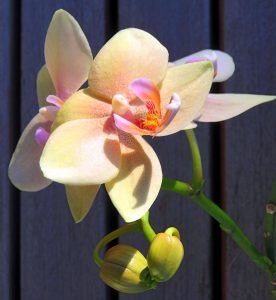 As we indicated, there are countless indoor flowering plants, each one with different care. But in general terms we should all give them spaces where they receive sunlight, but indirectly.
As we indicated, there are countless indoor flowering plants, each one with different care. But in general terms we should all give them spaces where they receive sunlight, but indirectly.
Direct light burns them and withers the flowers. For this reason, placing them near windows or on balconies will be beneficial for them, but always avoiding strong winds touching them.
Irrigation should be by spraying, or normal when we notice that the substrate has dried up and the plant is at risk of drying out.
The chosen pot should highlight the beauty of the flowers; for example, if these are white, the pot must be dark, and if we want to place them outside, it is good to combine white and pink flowers in a classic stone pot. Thus, placed at the entrance, we will have an elegant vision.
What humidity do flowering houseplants need?
Flowering plants are delicate and heating in homes affects them, so we will adopt special measures to provide them with a pleasant environment.
Removing wilted flowers and keeping the soil moist are important requirements in caring for these species. One of the most used ways is to place a damp cloth on a radiator near the plant, so that as the cloth dries, the humidity of the environment increases.

We can also spray the leaves with warm water. And, finally, use a tray with gravel and water, on top of which we will place the pot so that when the water evaporates, the humidity improves. The temperature should be around 20ºC, which is ideal for indoor plants.

Is it necessary to prune flowering indoor plants?
The pruning of indoor flowering plants is necessary to eliminate withered flowers and branches in poor condition, in order to clean them up for later reproduction; It is an aesthetic pruning and care of the beauty of the specimen.
How often should we prune indoor flowering plants?
The appropriate time is winter, although if it is a light pruning, any time of the year can be used. But in cool climates, where there are frequent frosts, it is best to prune in late winter, when the bitter cold has passed.
How to avoid pests and diseases of flowering indoor plants?
Indoor plants are attacked by a series of pests and diseases, among which are botrytis, powdery mildew, bold, root rot, anthracnose and leaf spots.
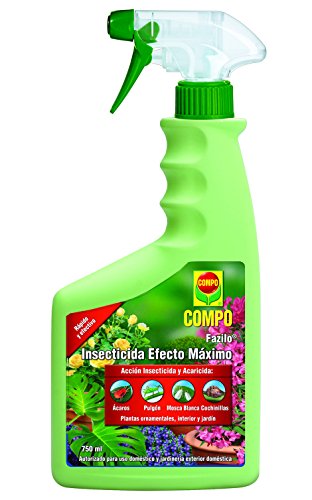
We will apply a series of remedies to avoid it, such as removing insects with tweezers; We can also use cotton with alcohol to remove them. In any case, in the pruning we will be able to remove the highly infected leaves to achieve their recovery.

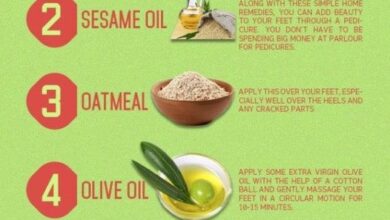
![Photo of Elm Cuttings: [Grafts, Time, Rooting and Planting]](https://www.complete-gardening.com/wp-content/uploads/2022/08/elm-cuttings-grafts-time-rooting-and-planting-390x220.jpg)
![Photo of Plant Sunflowers: [Cultivation, Care, Irrigation, Substrate, Pests]](https://www.complete-gardening.com/wp-content/uploads/2022/08/plant-sunflowers-cultivation-care-irrigation-substrate-pests-390x220.jpg)
![Photo of Actinomycetes: [Characteristics, Development, Functions and Diseases]](https://www.complete-gardening.com/wp-content/uploads/2022/08/actinomycetes-characteristics-development-functions-and-diseases-390x220.png)